new digs
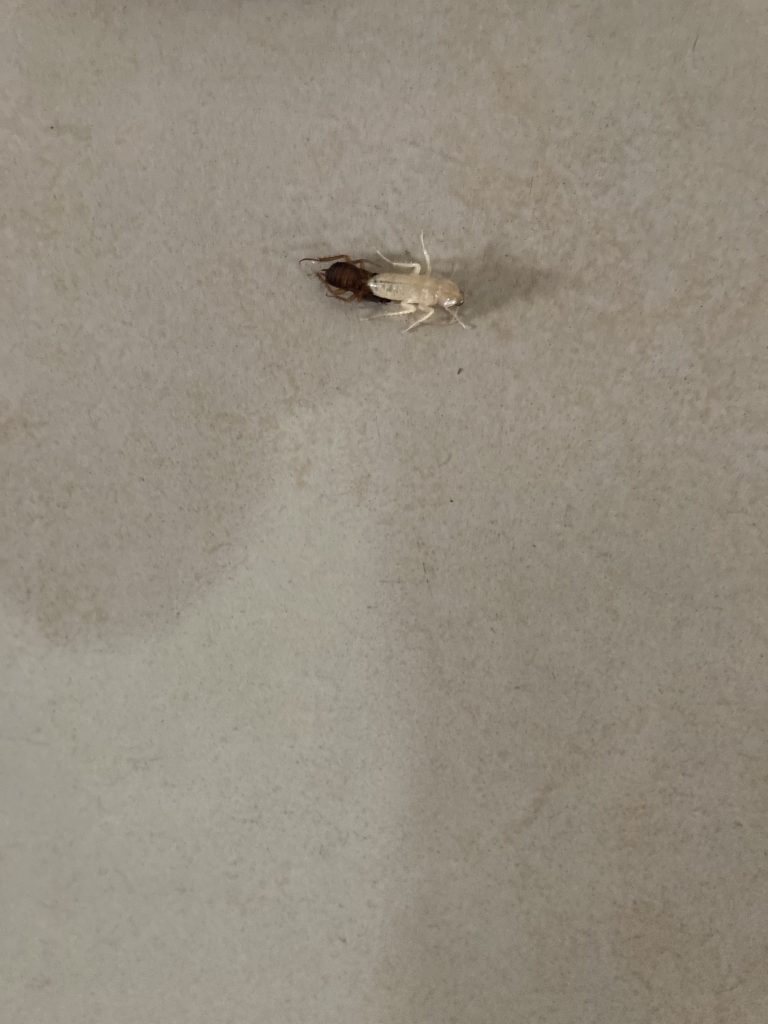
The traveler explores the American Wayside, verifying the contents of a mysterious guide written by a man with whom he shares a likeness and name. Excerpts from ‘Autumn by the Wayside: A Guide to America’s Shitholes’ are italicized. Traveler commentary is written in plain text.

‘Aging, but still beautiful, ‘The Model of Crook’s Pass’ is a mainstay for hikers and reasonably adventurous road-tourists alike. Friendly for a man trapped by his own vanity, Darren Meek claims to have visited Crook’s Pass before the concept of ‘the golden hour’ entered into the mainstream and, finding himself so well-lit at nearly every hour of the day (for the magic of Crook’s Pass works even in the moonlight) he has thus far refused to move from the spot even for an afternoon.
He’s never looked better.
A winter’s beard fills out in the shadowy crags of the pass, making him something of a pretty-boy mountain man. Malnutrition chisels his jaw in the fall. His skin tans to a bronze by the end of summer. And in spring, well, everyone looks good in the spring.
Meek has put in the work, too. The state granted him permission to build a small cabin for himself at the pass which he did, shirtless all the while. Pictures from the process were collected for an advertising campaign that was ultimately deemed ‘too risqué’ for print. He hands out the discarded samples himself and personalizes them for $20.
Meek has recently become a somewhat frenetic spokesperson for climate change awareness. A little evidence and a great deal of speculation suggests the weather is changing the quality and duration of light at the pass and that Meek is looking a little worn in the new glow. Visitors are cautioned to proceed with care and to lead with compliments- advice that may become a mandate if ‘The Model of Crook’s Pass’ wins its quiet bid to become a national monument.
A note: ‘The Model of Crook’s Pass’ is not to be confused with ‘A Model of Crook’s Pass,’ the scale replica of Crook’s Pass on display 100 miles west of the actual site. Though this model now includes a tiny scale replica of Darren Meek, he has refused to acknowledge it, claiming that the artists have failed to properly capture him.’
-an excerpt, Autumn by the Wayside
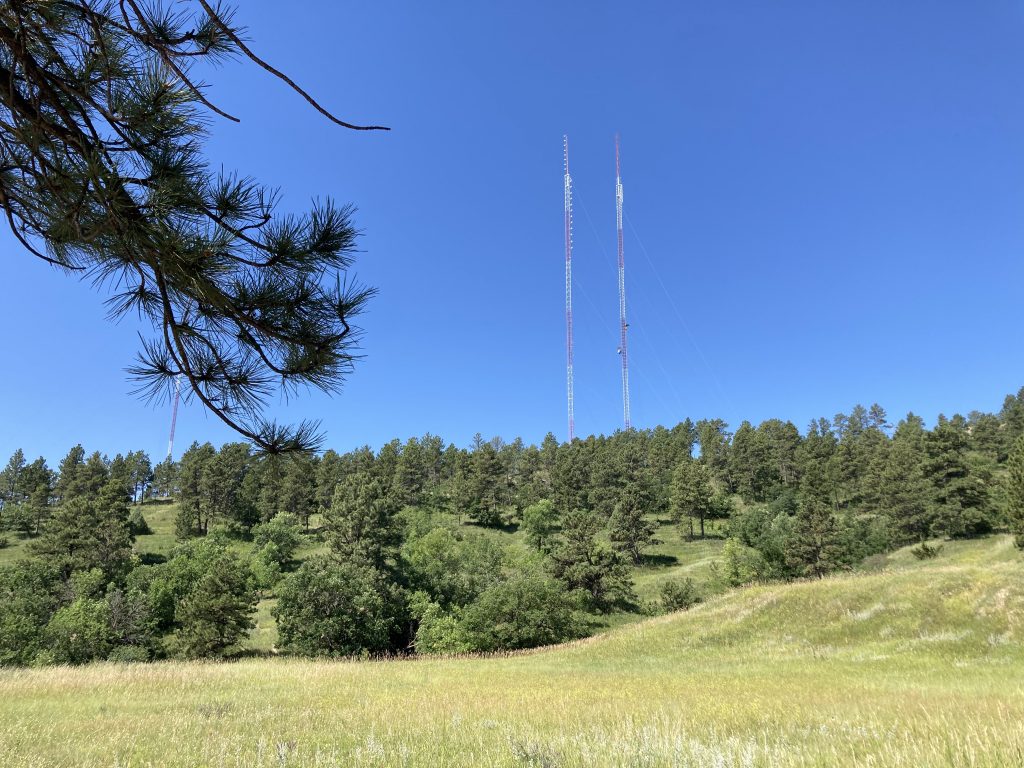
‘Melanie Morkovich doesn’t want you to try to guess what puppet you’ve got a hand in when you visit Butte County’s ‘Inner Puppet Journey.’ She’s been quoted as saying the practice is “infuriating” and “in direct opposition to the spirit of the project,” though she fails to go on record as to what might better suit that “spirit.” Her insinuations, and demonstrations of her own technique, lead the author to believe that, like much of modern self-care, engaging with the ‘Inner Puppet Journey’ is a means of staying in the moment. Trying to guess what puppet your hand is not very ‘present.’’
I’d like to say that I’ve got a personal rule about sticking extremities into places I can’t see, but the Wayside stripped me of basic survival instincts years ago. This is how I find myself crouched in the lower half-floor of the ‘Inner Puppet Journey,’ able to reach up through a series of anonymous holes and into the dark anuses of mystery puppets. I suspect I have my hand in a turtle, though, it’s difficult to say which is the right direction for the puppet to be facing. It may be a figure with a hard plastic mask and, rather than working the turtle’s mouth, I may instead be squeezing the tip of a velvet top hat.
I move on to another puppet, one whose inside fits like a glove. I sense that something is sewn into the fingers- that something might be sewn across the fingers, actually. I wonder if it isn’t a spider web. It would make for a weird puppet, but I’ve seen worse.
The next is long enough that I can feel around on the floor above. A snake, maybe, because my point can just fill the thin fabric of something shaped like a tongue. I waggle the tongue this way, change direction, and waggle the tongue backward. I do this a few times so, later, when I dig through footage of the puppet floor I might figure out what I had been puppeting all along. My understanding, though, is that it’s nearly impossible. Morkovich doesn’t police the use of her puppets on site, but most people believe she mixes up past and present puppet floor footage to discourage the guessing. My hand will be lost in a sea of-
Something grazes my finger through the puppet and I freeze.
I’m not the only one on the half-floor. A teenage couple flirts near the exit. A father lifts his son to the puppet holes about ten feet away. Nobody is close enough to be touching me.
“Stop!” I hiss at the dad, “There something up there.”
He carries the kid several more puppets away in order to more efficiently ignore me. The thing that grazed my finger is still there, unmoving. I feel for it with the snake’s tongue: two eyes, a nose, and a gaping mouth. I pull back instinctively. The fabric is wet. When I reach for the face I find it still gaping. And closer.
I pull my arm back so quickly that the snake turns inside-out. The teens are looking at me now. The dad never really stopped.
I head for the exit when the kid says: “Daddy, look!”
The snake’s body is filling with an arm from above. It’s tongue pokes out and it turns its head to waggle at me. The teens think it’s a riot. The dad is bemused. The kid is freaked, and I side with him. I take the exit and wash my hands in the camper.
There are clips from the ‘Inner Puppet Journey,’ largely considered parody, of a nude figure slipping across the puppet floor. Bizarre, artsy stuff, I guess. And probably not parody.
-traveler
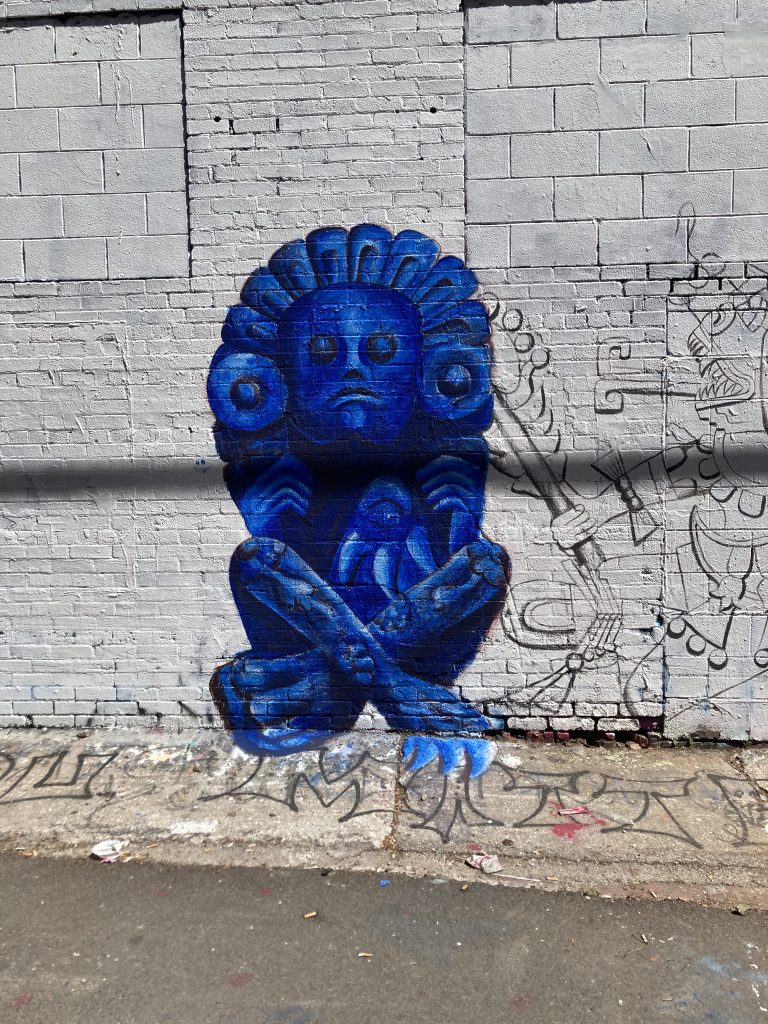
‘The City Fountain’ doesn’t get me right away. In fact, I’m in the city for nearly eight hours before I catch it in action. A man reaches down to tie his shoe and a short blast of water emits from a hole in the sidewalk, soaking his crotch. I might have missed it if I hadn’t turned at just the right moment which, according to my research, is strange. ‘The City Fountain’ is not known for holding back on visitors.
‘The first and only entity protected under federal laws regarding ‘Irregular Sentience,’ ‘The City Fountain’ of City, Idaho is, unfortunately, sentient by way of general malevolence. Designed and installed by a local Idahoan name Jack Janner (later found to be a false name), ‘The City Fountain’ was activated on July 4th, 1976. Janner was killed later the same day when a pipe exploded nearby, thus far the only fatality attributed to his creation. The water-logging of his personal files, both at his home and in the local bank’s safety deposit box, further implicates ‘The Fountain’ in his death but, because irregular sentience laws had not yet been put in place, ‘The City Fountain’ has managed to avoid trial for the apparent homicide.
‘The City Fountain’ has garnered a reputation as something of a trickster, utilizing the thousands of spouts and spigots integrated into the City’s waterworks to knock ice cream out of the hands of unsuspecting children, and to knock phones out of the hands of their parents, recording these little micro-traumas. Residents of the City know that ‘The City Fountain’ is more than a trickster- it’s a bully- and that the only thing keeping it from crossing the line from cruel to dangerous are the bylaws that allow it to be tried as a human.
Resentment grows between Wayside tourists and the City dwellers who have to live with ‘The Fountain’ year round. Rumor has it that a third faction has determined to kill the thing, in whatever manner a thing like ‘The Fountain’ might be killed. Visitors are cautioned to be forgiving of the City’s people and suspicious of its facilities. Much of the plumbing has succumbed to the will of ‘The City Fountain. Unfortunately, the meanness is the best indication of ‘The City Fountain’s’ intelligence and its best defense for protection.’
I hurry back to the camper and find it flooded. Hector, soaked and shivering, has taken refuge on the driver’s seat. A thick stream of water pummels the headrest, jetting up from behind the camper and through one of the windows I left cracked for airflow.
‘The City Fountain’ won’t let me fix anything as long as I am in its domain. My shirts are knocked off hangers. My bedsheets are stained in muddy sewer water. We leave town and find an amount of peace in the outskirts, though night falls before anything has a chance to dry. It’s a cold night. Another night on the ground. Eventually, I decide to drive and hope the chilly autumn air will start us on our way back to normal, whatever that looks like.
-traveler
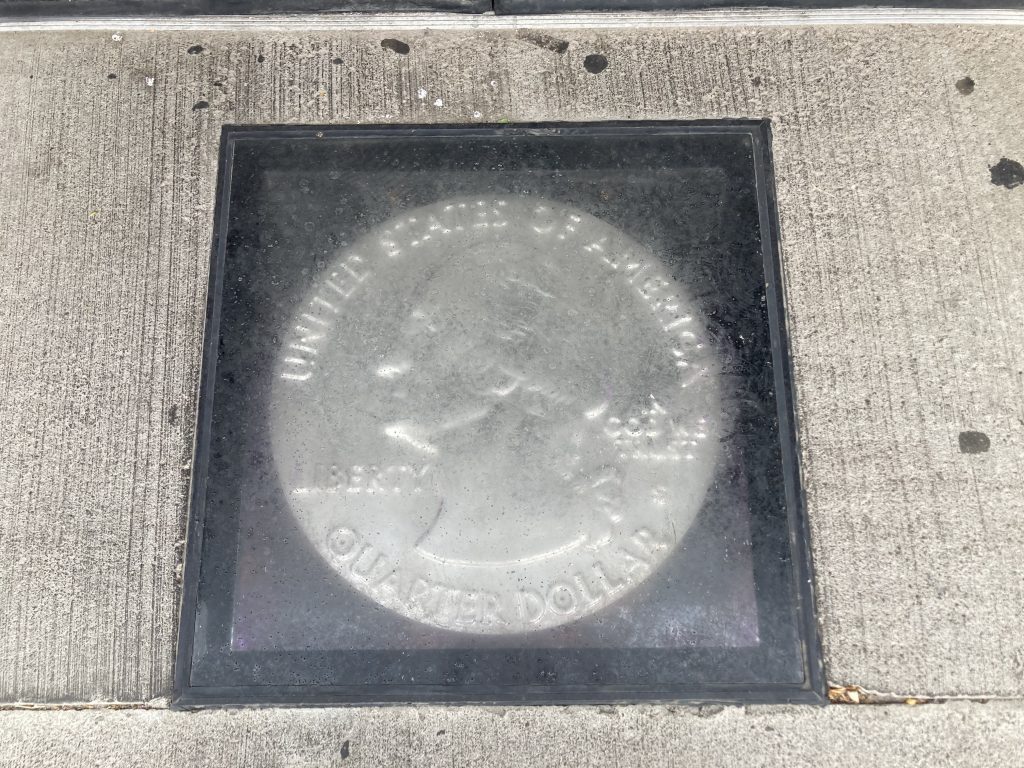
Virginia’s ‘Tick Town’ is not the first place I’ve visited that smells like blood. There was that field of flesh lilies with flaky white butterflies. The was Nebraska, I think. There was the waterfall in Connecticut that was legally required to allow public access to prove that the liquid cascading over the high cliffs above was not blood, despite it looking like blood and smelling like blood and producing a fine pink mist that tasted like blood. I read, recently, that they had to shut that waterfall down.
It was blood after all.
‘There is little doubt that humanity has wreaked havoc on the planet and there are a number of good people- of good scientists- doing hard work to recognize and mitigate that damage. Within that population, however, there are a few that take what is clear and run with it to unclear conclusions. This is likely true of the creators of ‘Tick Town,’ a couple of disgraced biologists that claim, generally, that man has stolen its blood from the ticks.’
They make you wear a tick-proof suit in ‘Tick Town’ despite several signs that indicate the ticks should be harmless, given how much blood exists “in its natural state.” The natural state of blood, according to ‘Tick Town,’ is in rivers and rain. Flowers are dewy with blood in tick town and blood pools in the cracked sidewalk like a cracked callus. There is so much blood that the ticks drown in it. They swell up like balloons and float around like contented tourists but even I can see they’re dead.
It’s hard to feel sorry for them, though. Even in such a miserable state.
I’ve chosen to avoid the peak hours of ‘Tick Town,’ when the owners arrive to give themselves over to the starving ticks, describing all the ways a visitor might accidentally let a few into the suits to join them, though also explaining that they are legally obliged to warn visitors against doing anything like that. They explain how easy and painless it is to be bitten by a tick- how little blood a tick actually consumes compared to the volume we carry around each day. It is a simple way to give back to nature, they tell you, and if that’s what they have to do to feel better about the world, then I’m happy to keep my judgement to myself.
Hector stays in the trailer for this one, as bloated and dependent as the ticks. As much a means to cope with the world, too. He would be happier in a home, I’m sure, with other tragic animals. But I need him and, as long as that’s true, he needs me too.
But people do what they have to, just to get by. It’s as true on the Wayside as it is anywhere.
-traveler
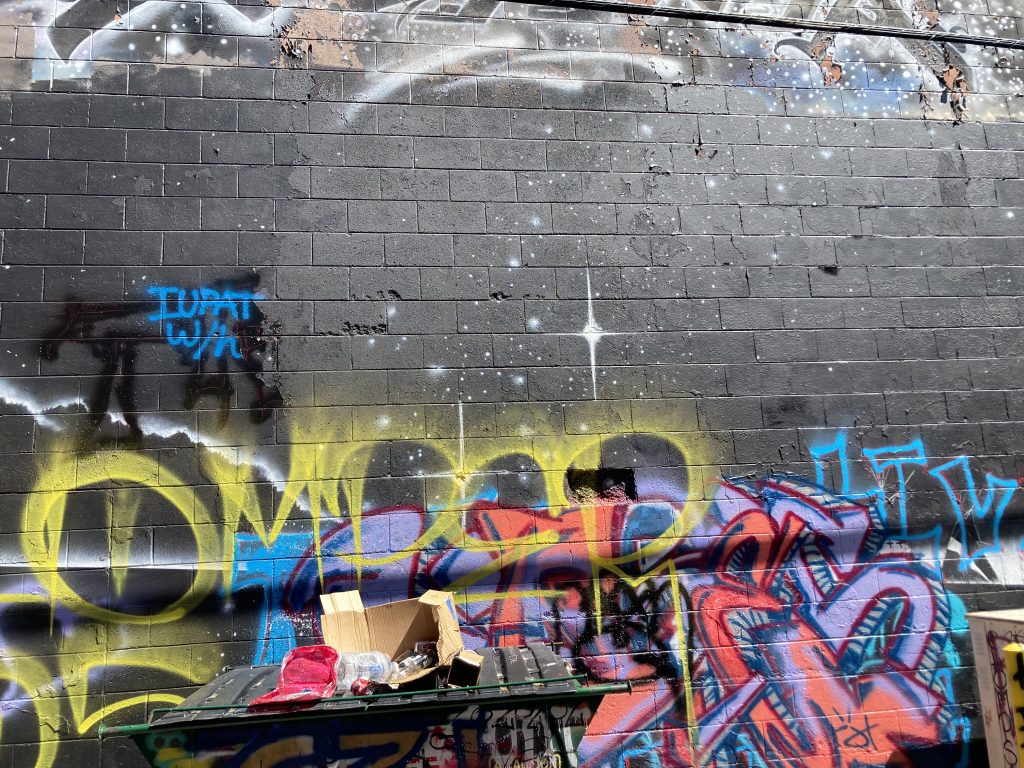
‘It’s well known that Mallard County School Districts teach ‘tip of the pyramid’ rather than ‘tip of the iceberg’ as a common idiom for describing an inconsistency between the understood aspects of a situation, and the larger, concealed truth. It follows that this colloquial variation stems from ‘The Rising Pyramid’ located within Mallard County’s borders. Lesser known, perhaps, is that the Mallard County usage is distinctly negative. This is because the slow migration of ‘The Rising Pyramid’ has only ever wrought devastation.
The colonial history of ‘The Rising Pyramid’ begins with its discovery in 1912, when a small cohort of ambitious gold miners thought they might have discovered one of a number of rumored lost cities attributed to the continent. ‘The Pyramid’ was excavated to about four feet before a sinkhole opened and swallowed all but one of the five men. The survivor was found raving in the woods and near death, though not so near that he wasn’t able to pass the whole sorry story to a group of traveling soldiers before succumbing to a mysterious fever.
A much larger contingent soon arrived at the site of ‘The Pyramid,’ finding that the structure had risen to fill the sinkhole and had subsequently revealed a number of dire-seeming illustrations carved by well-meaning ancients into its surface. A particularly clear-minded Captain, named Mallard, reasoned that the site was bad news and rallied the men to re-bury it.
Three months later, reports of ‘The Pyramid’s’ reemergence reached Captain Mallard and he arranged for a second visit. What he found and confirmed over the next several years, was that ‘The Pyramid’ was rising and that no earthly force could stop it. Fort Mallard was constructed, in part, to study and guard ‘The Rising Pyramid.’
It released plague rats at the height of 15.’
It burned red-hot at 20.’
It tore a man in two at 21’ when he attempted to scale it in the night. The exact mechanism of this attack remains unknown (but was repeated at the height of 124’ under similar circumstances in 1998).
By the time Fort Mallard became a town ‘The Rising Pyramid’ had become a familiar threat, not unlike the Yellowstone calderas or Joshua Tree’s laughing ditch. Stress is high in the town and they do not welcome gawkers, though gawkers inevitably arrive.’
-an excerpt, Autumn by the Wayside
© 2024 · Dylan Bach // Sun Logo - Jessica Hayworth